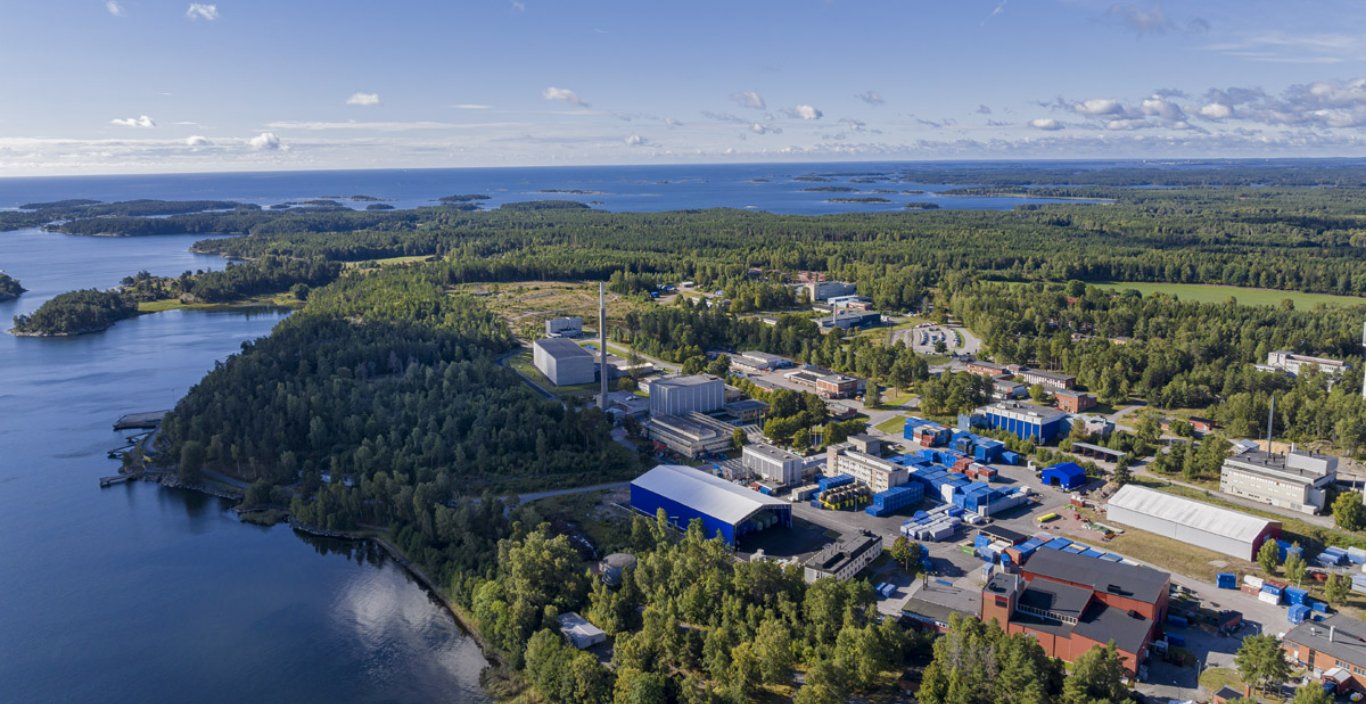Basic Research and Development in uranium processing, reactor physics, fuel and materials technology.
Design, construction and commissioning of the R1 research reactor is completed, with rapid expansion, in Stockholm. The basis for the company’s future role as a leader in nuclear fuel technology is established. The research center at Studsvik is set up with reactors and special laboratories for chemistry, physics, as well as thermal engineering, materials and fuel technology.
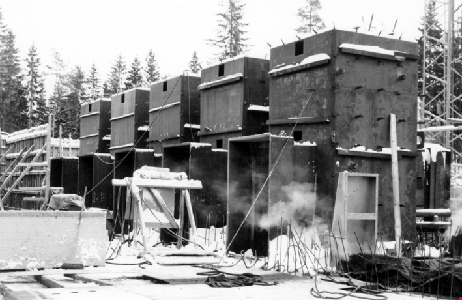
The focus of activities increasingly shifts to the Studsvik site.
The Ågesta reactor is constructed and taken into operation together with Vattenfall and Stockholm Energi AB, and the uranium mine at Ranstad is set up and operated by the company. Towards the end of this period, the heavy water concept is abandoned in favor of the internationally dominant light water technology. Most of the company’s know-how can also be directly applied to this area. ASEA-ATOM is formed – 50 % government- and 50 % state-owned – and takes over the company’s resources for fuel fabrication and commercial reactor design. The state assumes all shareholdings in the company. The future direction of the company is to provide R & D and consulting to the Swedish nuclear power sector.
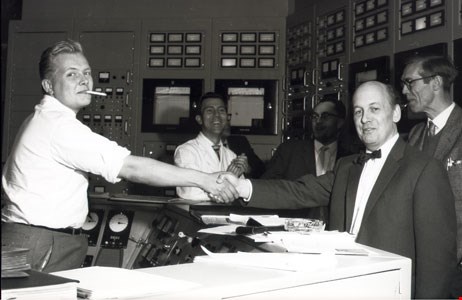
A reduction in direct state subsidies leads to increasing commercialization and diversification.
State subsidies are reduced and solid fuel technlogy is particularly targeted for cutbacks. At the same time, there is an expansion of nuclear operations on the international market, mainly within reactor safety and nuclear fuel development. The Alnor group is set up, following company acquisitions in the USA and Finland, to market nuclear and non-nuclear instrumentation worldwide together with the company.
The company changes its name to Studsvik Energiteknik AB.
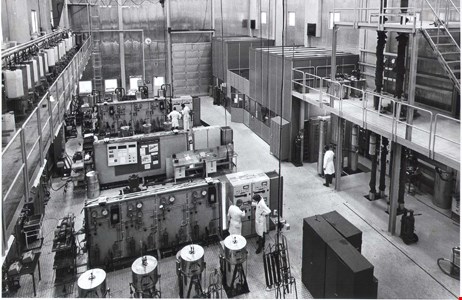
An active period, aiming at further commercialization of operations.
Sales companies are set up in the USA, Japan and France. Miljökonsulterna, Metal Process Control and Studsvik Fireseal are formed. Studsvik becomes a part-owner of Fjärrvärmebyrån and Stensand. The group is divided into a number of divisions. In-core fuel management codes – based on Studsvik’s experimental work from the sixties and seventies within physics and thermodynamics – are developed and become world leaders at the end of the eighties. In 1987, the company changed its name to Studsvik AB.
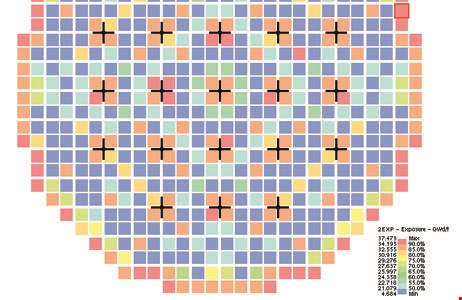
The Swedish state transferred its shares in Studsvik AB to Vattenfall.
The group is comprehensively restructured. The units that were not related to nuclear power were divested. Individual companies are set up in the group with the aim of achieving a customer-oriented organization. Vattenfall successively divested its holding of shares in Studsvik AB in the mid-1990s to private investment companies. In 1998, a German company, SINA Industriservice GmbH, which is active in health physics and decontamination, was acquired. The nuclear division of Scandpower AS in Norway, which develops in-core fuel management codes, was also acquired. The construction of the THOR waste treatment facility in Erwin, Tennessee, began. The facility reduces the volume of low- and intermediate-level radioactive waste from the US nuclear power industry. During 1998 the development of a method for treating brain tumours also started.
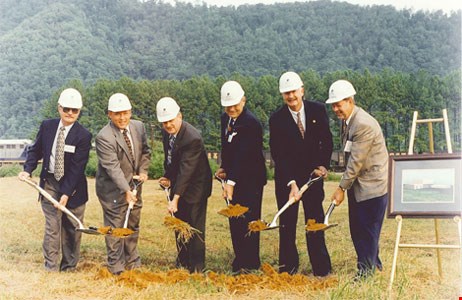
Studsvik AB was listed on Stockholmsbörsen's (Stockholm-stock exchange) O list on May 4, 2001.
The facility in Erwin, Tennessee was taken into operations along with the BNCT facility for treatment of brain tumours. To strengthen the market in the US, Studsvik founded the company THOR Treatment Technlogies (TTT) together with Washington Group. To enter the market in the UK the company Environmental Remediation Services Ltd was acquired. In December 2004 Studsvik decides to cease its own reactor operations for economic reasons and initiates collaborations with Institutt for Energiteknikk (IFE) in Norway. In June 2005, the operation of the R2 and R2-0 reactors ceases and Studsvik Medical AB, the base for Studsvik’s BNCT projekt is sold to Hammercap AB. In 2006 Studsvik acquires the American company RACE LLC with its facility in Memphis, Tennesse. The facility treats low level radioactive waste.
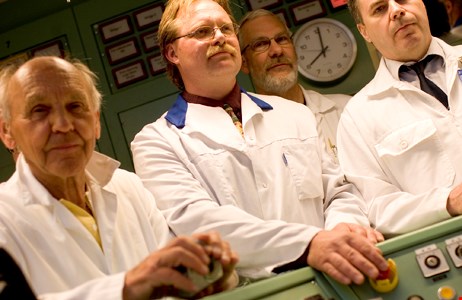
The waste treatment operations were sold out.
The waste treatment operations are sold in the USA, the UK and in Sweden. The company now focuses on providing specialised technical solutions to customers in the nuclear and radioactive materials market.2014 Studsvik sold its Waste Treatment facilities in the USA to EnergySolutions, and in the summer of 2016 Studsvik divested the remaining part of its Waste Treatment business area including the waste treatment facilities in Sweden and UK to EDF of France. Those facilities are now branded as Cyclife. Studsvik now and in the future develops and delivers innovative solutions, underpinned by our unique hot cell facilities and capabilities, state-of-the art analysis software, and providing advanced engineering consultancy within waste management technology, decommissioing and radiation protection.


